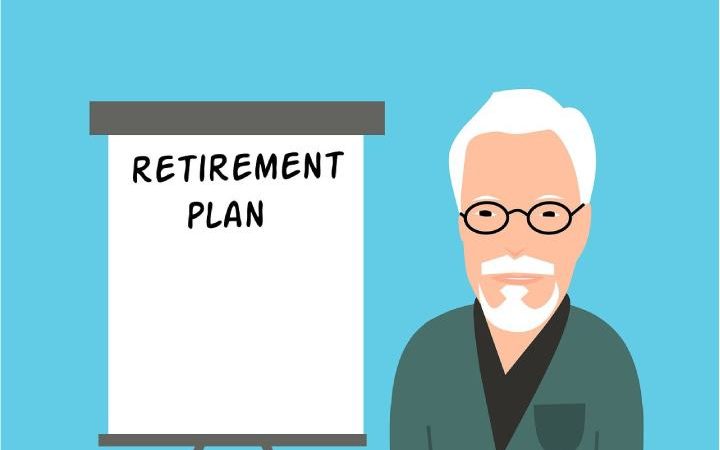When Are the Tax Filing Deadlines for Each Quarter?

Whether you run a business or are self-employed as a freelancer, you are required to submit quarterly estimated tax payments in order to avoid financial penalties and interest charges. The procedure is as follows. The majority of people are paid on a salary basis, which means that their employers withhold income tax from their paychecks. On the other hand, millions of taxpayers have considerable non-wage income do not have the option of having taxes automatically withheld from their paychecks. These taxpayers will be responsible for paying self-employed tax on a quarterly basis. Finding out how much money you owe in taxes on a quarterly basis might be challenging at times, but it is essential that you do so. When it comes time to submit your taxes, you will be required to pay a significant penalty if you choose to ignore them.
What exactly are quarterly taxes, and how do they function in the system?
People who are self-employed and have annual earnings that are greater than a certain level are required to make tax payments to the Internal Revenue Service (IRS) in the form of quarterly taxes, which are also referred to as estimated taxes. Therefore, depending on the money you make from your own business, you may have not one but four tax days during the course of the year. These four federal estimated tax payments, including those for Social Security and Medicare, as well as your income tax, are due every three months. You need to be aware of the following two sorts of taxes:
- Tax on self-employment: This tax, which generally amounts to 15.3% of your income earned via self-employment, is a single tax that includes your Medicare and Social Security contributions. If you are paid on a salary basis, then your company will contribute to the cost of those taxes alongside you. On the other hand, when you are your own boss and run your own firm, you are responsible for the total self-employment tax rate.
- Taxes on income: regardless of how much money you make, you will be subject to the same tax rate as everyone else. We suggest putting aside around 25–30 percent of each paycheck for taxes if you are self-employed and work for yourself. When it comes time to pay your taxes, you won’t be taken aback by an unexpectedly high amount. You can use a 1099 tax calculator to figure out how much you’ll owe.
Make sure to pay your self-employment taxes on a quarterly basis. The following is a list of the due dates for filing taxes quarterly:
The 15th of April
The 15th of June
On September 15th of this year.
The 15th of the month of January
Only three of the payments for the year are made in the same calendar year, with the last payment not being made until January of the following year. Imagine that you are obligated to make four installments of $4,000 every single quarter. Nevertheless, you have a tax debt from the previous year amounting to $3,000. You have the option of applying your return to the first tax estimate that you paid. As a direct consequence of this, the amount of your initial tax estimate, which is due on April 15th, will be decreased to $1,000. Even the practice of applying an overpayment to several estimations is not impossible. Take, as an illustration, a previous year’s overpayment of ten thousand dollars. You have the option of contributing $4,000 to each of the first two estimates, but only $2,000 may be contributed to the third estimate.
You may even divide the additional cash in accordance with each of the four estimates. With an overpayment of $4,000, you might receive a discount of $1,000 off of each of the following four payments:
The most effective method to pay anticipated taxes quarterly
You may use IRS Form 1040-ES to mail in your quarterly tax payments. You can get it on the IRS website. You can also pay estimated taxes online by using the Direct Pay system of the Internal Revenue Service (IRS) or the Electronic Federal Tax Payment System of the United States Treasury. When using a credit card to make a payment, you will be subject to a fee that is about 2%.
At some of the IRS’s most prominent retail locations, you can even purchase with cash.
Bottom line
If you’re looking for a way to add variety and freedom to your working life, consider going into business for yourself. It does, however, come with a number of financial and tax requirements, such as determining which taxes you are required to pay, the amounts owed based on your income level and employment, and making payments on time for each quarterly installment. If you need more confidence regarding your quarterly tax payments, you should seek the guidance of a tax consultant for assistance.






